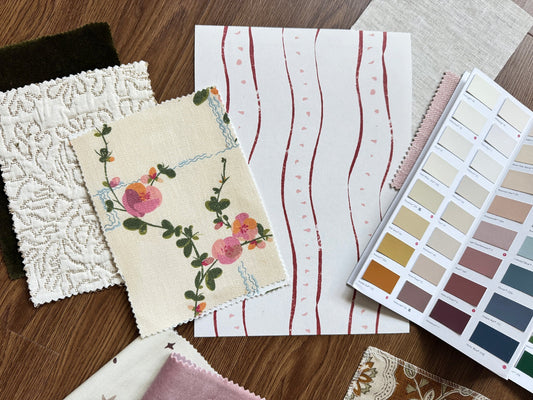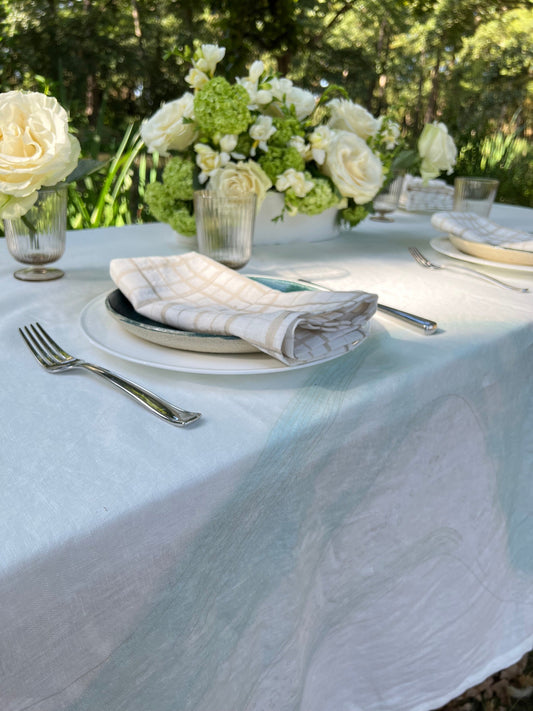How to buy art on a budget
Figuring out what art to hang on your walls can be daunting, particularly if you’re determined to avoid something mass-produced. Choosing it, though, shouldn’t be stressful; it’s one of the best opportunities in your home to showcase your personality, your style and even your culture, too.
We asked experts in the art and design world to share their advice for approaching the art scene as a novice and coming away with a piece that fits your budget.
1. Trust yourself
You definitely want to start here if you don’t want to regret any purchase. Maybe you’re drawn to colourful, abstract art, or maybe you’re obsessed with pastel landscapes. Learning to differentiate what you like and dislike is essential to choosing pieces that will make you happy for years to come. There’s a perception that you need all sorts of knowledge before you say yes to a piece of art, but what matters most is that you love it.
2. Support emerging artists.
Buying work from emerging or lesser-known artists is a great place to start when collecting art on a budget. Your purchase might be the boost that they were waiting for to carry on working and creating, and by acquiring art from an emerging artist, you might be one of their first collectors.
Another way of making artwork stay within your budget is by contacting the artist directly for a piece of commissioned artwork.
A great place to look for high-quality, but affordable work is a student art show. If you’re near universities or institutions with strong fine arts programs, you can find skilled artists in graduate or undergraduate shows. These events are advertised in the institutions events calendars.
3. Visit art fairs and local events
There are many great fairs that focus on art that is less expensive, in the UK the most popular are The Affordable Art Fair and London Original Print Fair in Somerset House, among others. I attend these fairs regularly, at these events I get to know some of the art galleries, sign up for their newsletters and I follow them to other fairs and exhibitions. They often offer free tickets for future exhibitions, so make sure you start a conversation with the ones you like the most.
Many cities run local or regional Art Weeks, often spread out throughout the city or neighbourhoods; exhibiting art in businesses, galleries, artists's workshops and even private homes. I’m fond of these events, as you get to see a very different perspective of the artist and even how a piece of art can look in a home or other venues.
4. Consider an original print
Bankside Gallery’s advice is perhaps one of the most valuables when starting your own collection, “If you’re looking to spend as little as possible on your first piece(s) of original art, then signed limited edition prints are a great option. We’re talking etchings, woodcuts, screen prints and the like. If you don’t know what these are, get to know! These prints are your best friends when it comes to owning an eclectic, varied and exciting collection of original art on a budget.”
5. Go online
There are plenty of great galleries that offer their stock online. Browse through Etsy, Instagram and eBay and you will be spoilt by choice, just be mindful not to get lost in a rabbit hole. Needless to stay, we too offer a curated collection online of limited edition prints. We also created a selection of art for children's room and areas, but not necessarily they are all childish, they are fun and joyful and could be treasured for many years.
Equally important is to remember that art, regardless of the technique, requires hours of work, incredible expertise, materials and inspiration. Understanding how something is made can really increase your appreciation of the work involved and the skill in producing it.
Photo credits: Photo in main page by Laura Cleffmann on Unsplash, Fig tartine Photo by PoloX Hernandez on Unsplash





